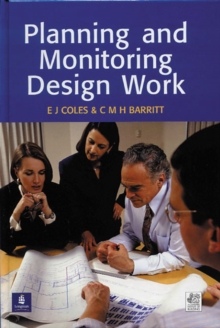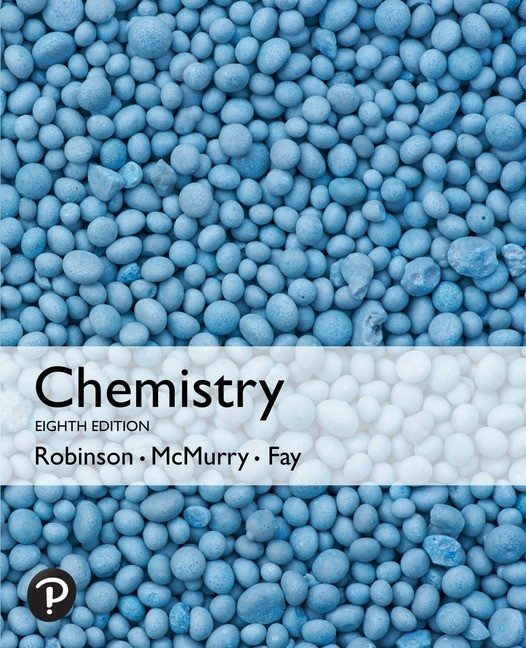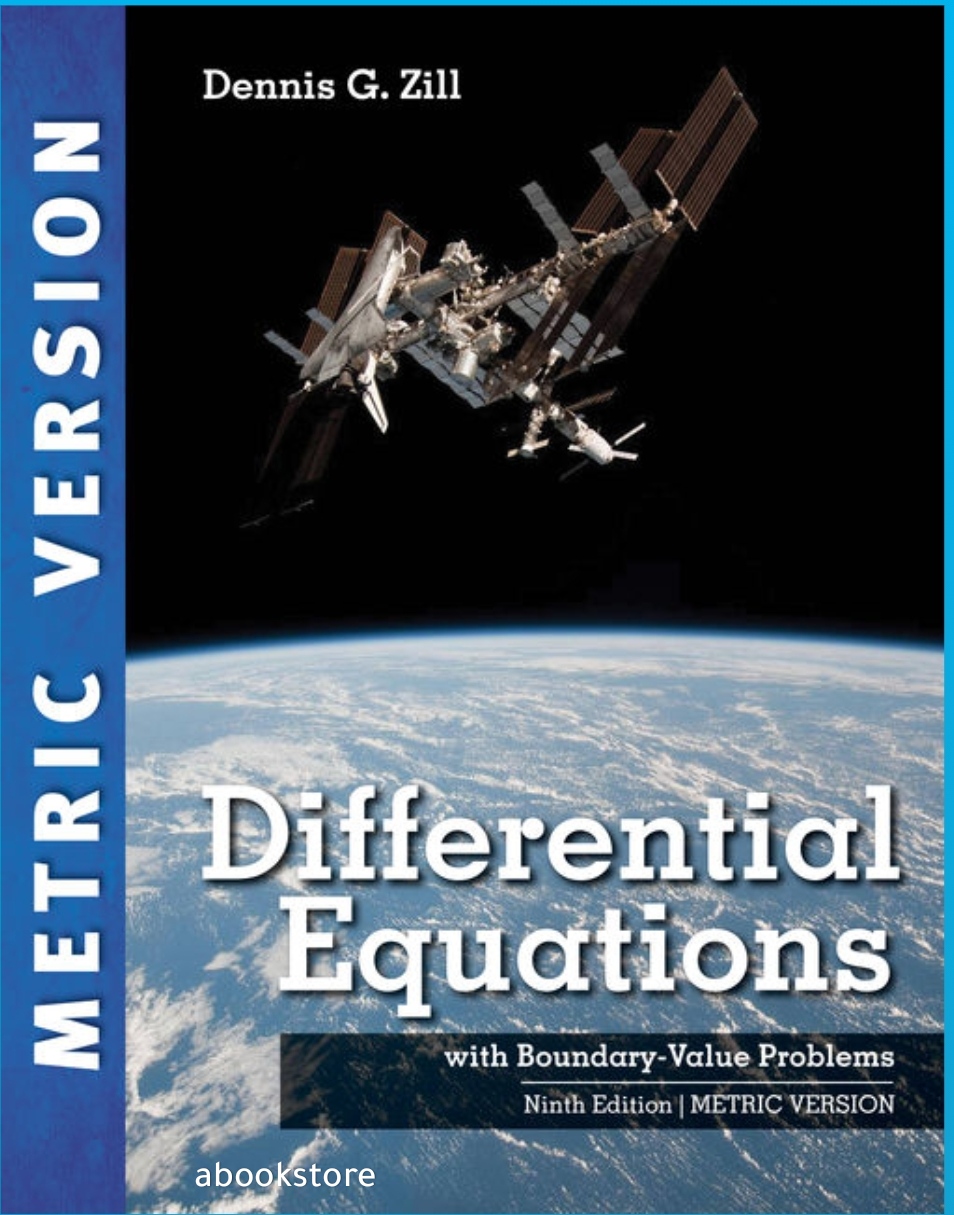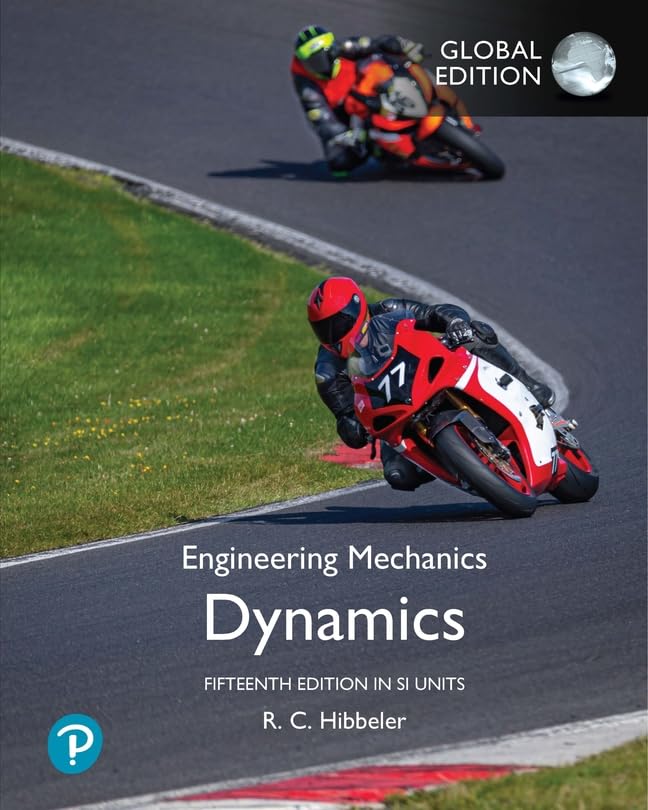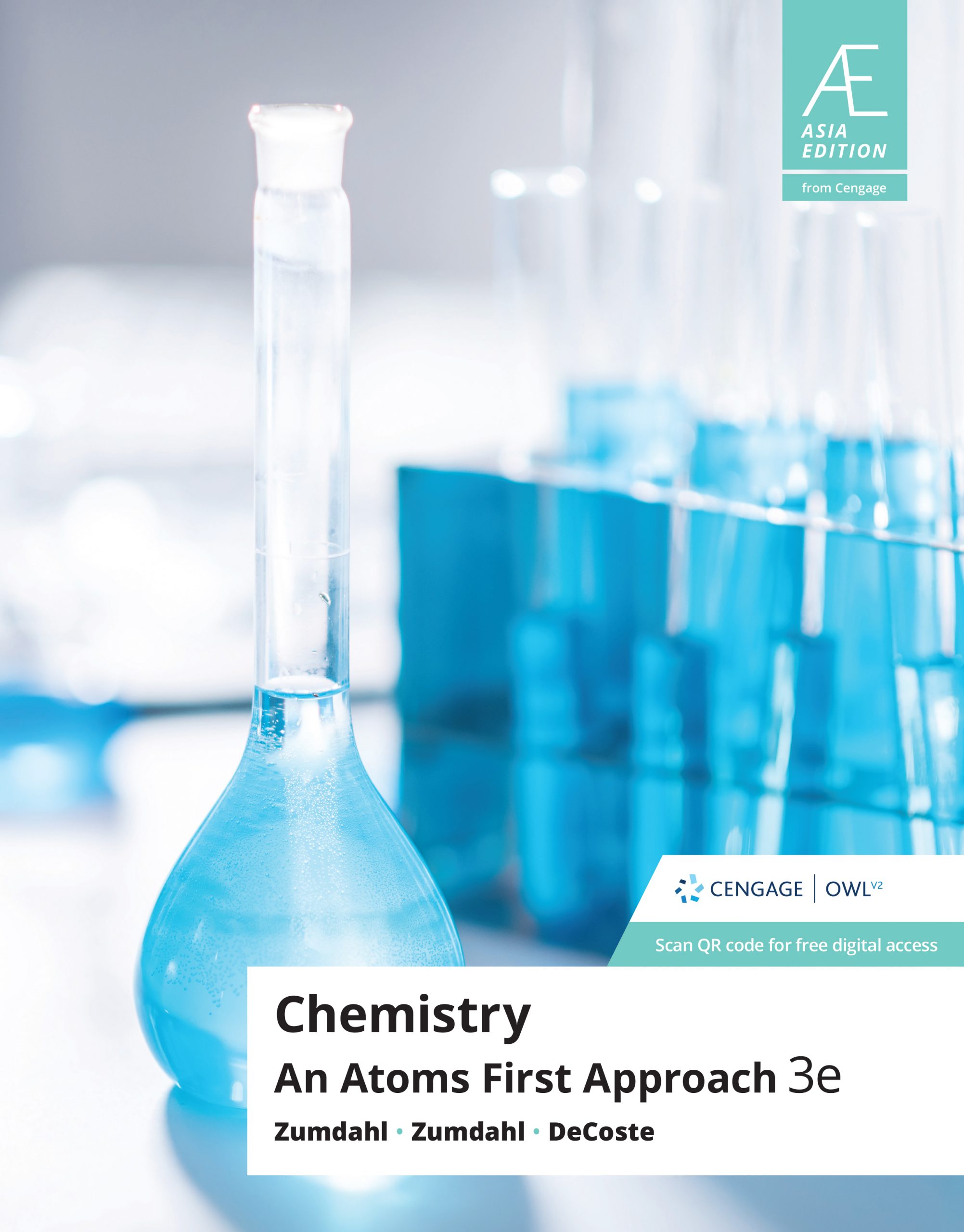Part 1 Introduction 1
1 Quality Improvement in the Modern Business Environment 3
Chapter Overview and Learning Objectives 3
1.1. The Meaning of Quality and Quality Improvement 3
1.2. A Brief History of Quality Control and Improvement 9
1.3. Statistical Methods for Quality Control and Improvement 13
1.4. Management Aspects of Quality Improvement 16
2 The DMAIC Process 47
Chapter Overview and Learning Objectives 47
2.1. Overview of DMAIC 47
2.2. The Define Step 50
2.3. The Measure Step 52
2.4. The Analyze Step 53
2.5. The Improve Step 54
2.6. The Control Step 55
2.7. Examples of DMAIC 56
Part 2 Statistical Methods Useful in Quality Control and Improvement 63
3 Modeling Process Quality 65
Chapter Overview and Learning Objectives 65
3.1. Describing Variation 65
3.2. Important Discrete Distributions 79
3.3. Important Continuous Distributions 85
3.4. Probability Plots 96
3.5. Some Useful Approximations 100
4 Inferences About Process Quality 103
Chapter Overview and Learning Objectives 103
4.1. Statistics and Sampling Distributions 104
4.2. Point Estimation of Process Parameters 109
4.3. Statistical Inference for a Single Sample 111
4.4. Statistical Inference for Two Samples 128
4.5. What if There are More than Two Populations? The Analysis of Variance 143
4.6. Linear Regression Models 152
Part 3 Basic Methods of Statistical Process Control and Capability Analysis 173
5 Methods and Philosophy of Statistical Process Control 175
Chapter Overview and Learning Objectives 175
5.1. Introduction 175
5.2. Chance and Assignable Causes of Quality Variation 176
5.3. Statistical Basis of the Control Chart 177
5.4. The Rest of the Magnificent Seven 195
5.5. Implementing SPC in a Quality Improvement Program 201
5.6. An Application of SPC 202
5.7. Applications of Statistical Process Control and Quality Improvement Tools in Transactional and Service Businesses 208
6 Control Charts for Variables 218
Chapter Overview and Learning Objectives 218
6.1. Introduction 218
6.2. Control Charts for x? and R 219
6.3. Control Charts for x? and s 242
6.4. The Shewhart Control Chart for Individual Measurements 250
6.5. Summary of Procedures for x?, R, and s Charts 260
6.6. Applications of Variables Control Charts 261
7 Control Charts for Attributes 265
Chapter Overview and Learning Objectives 265
7.1. Introduction 265
7.2. The Control Chart for Fraction Nonconforming 266
7.3. Control Charts for Nonconformities (Defects) 289
7.4. Choice Between Attributes and Variables Control Charts 307
7.5. Guidelines for Implementing Control Charts 311
8 Process and Measurement System Capability Analysis 317
Chapter Overview and Learning Objectives 317
8.1. Introduction 317
8.2. Process Capability Analysis Using a Histogram or a Probability Plot 319
8.3. Process Capability Ratios 323
8.4. Process Capability Analysis Using a Control Chart 336
8.5. Process Capability Analysis Using Designed Experiments 338
8.6. Process Capability Analysis with Attribute Data 339
8.7. Describing Capability for Many Processes 340
8.8. Gauge and Measurement System Capability Studies 341
8.9. Setting Specification Limits on Discrete Components 360
8.10. Estimating the Natural Tolerance Limits of a Process 366
Part 4 Other Statistical Process-Monitoring and Control Techniques 369
9 Cumulative Sum and Exponentially Weighted Moving Average Control Charts 371
Chapter Overview and Learning Objectives 371
9.1. The Cumulative Sum Control Chart 372
9.2. The Exponentially Weighted Moving Average Control Chart 390
9.3. The Moving Average Control Chart 400
10 Other Univariate Statistical Process-Monitoring and Control Techniques 403
Chapter Overview and Learning Objectives 403
10.1. Statistical Process Control for Short Production Runs 404
10.2. Modified and Acceptance Control Charts 407
10.3. Control Charts for Multiple-Stream Processes 412
10.4. SPC with Autocorrelated Process Data 415
10.5. Adaptive Sampling Procedures 431
10.6. Economic Design of Control Charts 433
10.7. Cuscore Charts 442
10.8. The Changepoint Model for Process Monitoring 444
10.9. Profile Monitoring 445
10.10. Control Charts in Health Care Monitoring and Public Health Surveillance 449
10.11. Overview of Other Procedures 450
11 Multivariate Process Monitoring and Control 45
Chapter Overview and Learning Objectives 458
11.1. The Multivariate Quality-Control Problem 459
11.2. Description of Multivariate Data 460
11.3. The Hotelling T2 Control Chart 462
11.4. The Multivariate EWMA Control Chart 473
11.5. Regression Adjustment 476
11.6. Control Charts for Monitoring Variability 479
11.7. Latent Structure Methods 482
12 Engineering Process Control and SPC 488
Chapter Overview and Learning Objectives 488
12.1. Process Monitoring and Process Regulation 488
12.2. Process Control by Feedback Adjustment 489
12.3. Combining SPC and EPC 500
Part 5 Process Design and Improvement with Designed Experiments 505
13 Factorial and Fractional Factorial Experiments for Process Design and Improvement 507
Chapter Overview and Learning Objectives 507
13.1. What is Experimental Design? 507
13.2. Examples of Designed Experiments in Process and Product Improvement 509
13.3. Guidelines for Designing Experiments 512
13.4. Factorial Experiments 514
13.5. The 2k Factorial Design 523
13.6. Fractional Replication of the 2k Design 551
14 Process Optimization with Designed Experiments 563
Chapter Overview and Learning Objectives 563
14.1. Response Surface Methods and Designs 563
14.2. Process Robustness Studies 572
14.3. Evolutionary Operation 583
Part 6 Acceptance Sampling 589
15 Lot-by-Lot Acceptance Sampling for Attributes 591
Chapter Overview and Learning Objectives 591
15.1. The Acceptance-Sampling Problem 591
15.2. Single-Sampling Plans for Attributes 596
15.3. Double, Multiple, and Sequential Sampling 606
15.4. Military Standard 105E (ANSI/ASQC Z1.4, ISO 2859) 615
15.5. The Dodge–Romig Sampling Plans 623
16 Other Acceptance-Sampling Techniques 627
Chapter Overview and Learning Objectives 627
16.1. Acceptance Sampling by Variables 627
16.2. Designing a Variables-Sampling Plan with a Specified OC Curve 630
16.3. MIL STD 414 (ANSI/ASQC Z1.9) 631
16.4. Other Variables Sampling Procedures 635
16.5. Chain Sampling 636
16.6. Continuous Sampling 638
16.7. Skip-Lot Sampling Plans 641
Exercises (Available in e-text for students) E-1
Appendix A-1
Bibliography (Available in e-text for students) B-1
Index I-1



